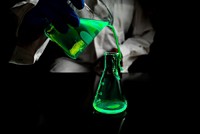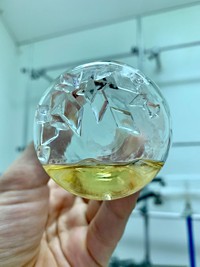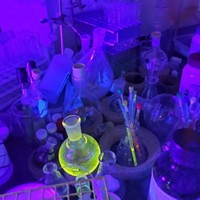Advertisement
Grab your lab coat. Let's get started
Welcome!
Welcome!
Create an account below to get 6 C&EN articles per month, receive newsletters and more - all free.
It seems this is your first time logging in online. Please enter the following information to continue.
As an ACS member you automatically get access to this site. All we need is few more details to create your reading experience.
Not you? Sign in with a different account.
Not you? Sign in with a different account.
ERROR 1
ERROR 1
ERROR 2
ERROR 2
ERROR 2
ERROR 2
ERROR 2
Password and Confirm password must match.
If you have an ACS member number, please enter it here so we can link this account to your membership. (optional)
ERROR 2
ACS values your privacy. By submitting your information, you are gaining access to C&EN and subscribing to our weekly newsletter. We use the information you provide to make your reading experience better, and we will never sell your data to third party members.
Catalysis
Chemistry In Pictures
Chemistry in Pictures: Crystal labyrinth
by Manny Morone
November 7, 2018

After more than a year of trying to synthesize one particular compound, Jesús San José Orduna dried his purified product and found these labyrinthine crystals on the inside of his 250-mL flask. As a Ph.D. student in Mónica Pérez-Temprano’s lab at the Institute of Chemical Research of Catalonia, he had the goal of making organometallic complexes that incorporate first-row transition metals—in this case cobalt. He hopes to analyze the mechanism behind how those catalysts work during reactions. Ironically, after wandering through this maze of chemical synthesis for a year, San José Orduna realized that the molecule he’d made was not useful for the mechanistic experiments that he and Pérez-Temprano hoped to perform. Instead, they were able to find commercially available organic substrates that did the job just fine.
Submitted by Jesús San José Orduna
Do science. Take pictures. Win money. Enter our photo contest here.
Related C&EN Content:
CORRECTION:
This story was updated on Nov. 7, 2018, to explain that the commercially available chemicals that the researchers found were organic substrates, not cobalt catalysts.





Join the conversation
Contact the reporter
Submit a Letter to the Editor for publication
Engage with us on Twitter